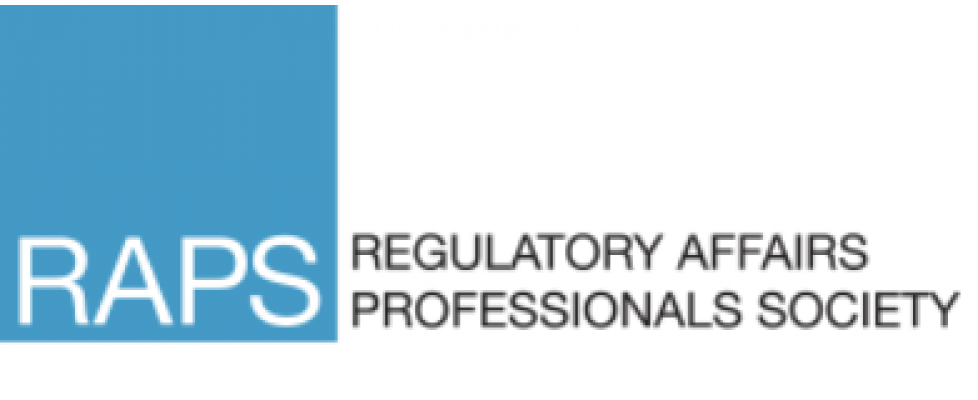FDA expands guidance on remote monitoring devices for COVID-19
Posted 08 June 2020 | By Kari Oakes
Guidance on use of non-invasive remote monitoring devices for patient care during the coronavirus public health emergency was expanded and updated by the US Food and Drug Administration (FDA) on Friday.
The guidance, originally issued in March, addresses the emergency of the coronavirus (COVID-19) pandemic by allowing modifications that “may increase access to important patient physiological data without the need for in-clinic visits,” as well as facilitating both in- and outpatient management.
Device categories covered by the guidance now include both diagnostic and monitoring spirometers and peak-flow meters, as well as apnea monitors. Telephone ECG transmitting and receiving equipment has also been included.
Electroencephalographs (EEGs) and non-EEG seizure monitoring systems, as well as biofeedback and sleep assessment devices, now fall under the revised guidance, as do audiometers, vestibular analysis apparatuses, and computerized cognitive assessment aids.
All the devices included in the guidance are Class II medical devices. For the cognitive assessment aids and seizure monitoring systems, the FDA specified that it will not enforce compliance with special controls that apply to each system. These controls require clinical data collection that, for the duration of the public health emergency, “may be more difficult to efficiently collect, thus limiting access to these devices during the pandemic,” said the FDA in the updated guidance.
“In the context of the COVID-19 public health emergency, the leveraging of current non-invasive patient monitoring technology will help eliminate unnecessary patient contact and ease the burden on hospitals, other health care facilities, and health care professionals that are experiencing increased demand due to the COVID-19 pandemic as it relates to diagnosis and treatment of patients with COVID-19 and ensuring other patients who require monitoring for conditions unrelated to COVID19 can be monitored outside of health care facilities,” noted the FDA.
The guidance had previously encompassed a more limited list of devices that included thermometers; ECGs, cardiac monitors, and ECG software; pulse oximetry and non-invasive blood pressure devices; and electronic stethoscopes and respiratory rate/breathing frequency monitors.
The devices may be connected to wireless networks via Bluetooth, cellular, or WiFi.
The agency expanded its list of FDA-recognized standards that it recommends using to guide any modification of hardware or software architecture of the listed devices that enhance remote monitoring capability.
Additionally, the guidance now contains an expanded of resources outlining FDA’s digital health policies, including a guidance for radio frequency wireless technology in medical devices, and guidance regarding interoperable medical devices.
Though the FDA does not intent to object to modifications in indications, claims or functionality made without prior submission of a premarket notification for the specified devices, there are circumstances where a modification might create undue risk.
Examples given in the guidance include circumstances where the device is meant to determine if patient need “immediate clinical intervention” to assure safety; when the device is solely or primarily relied on for clinical diagnosis or treatment decisions relating to COVID-19 or comorbid conditions; and modifications that will add the ability to acquire or analyze data from a signal acquisition system that the subject device did not have.

